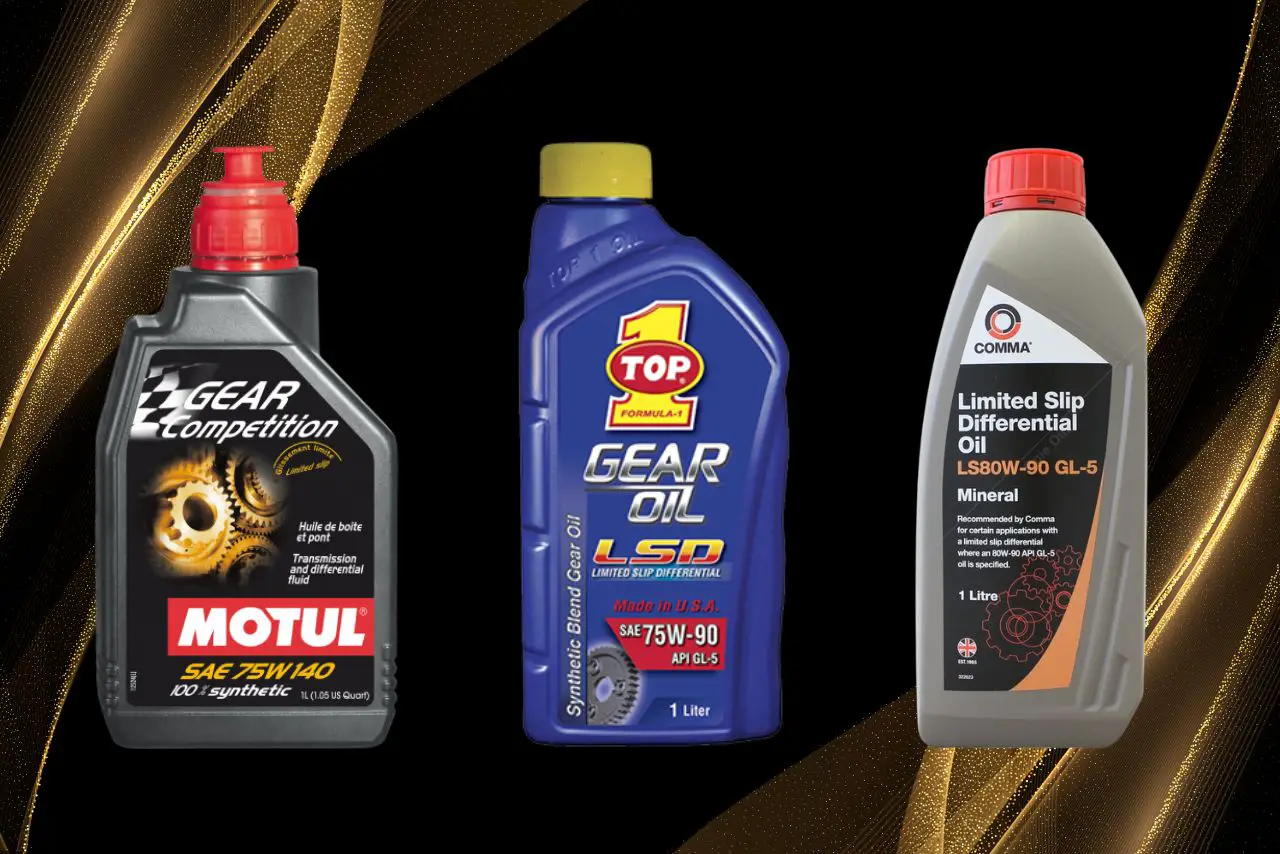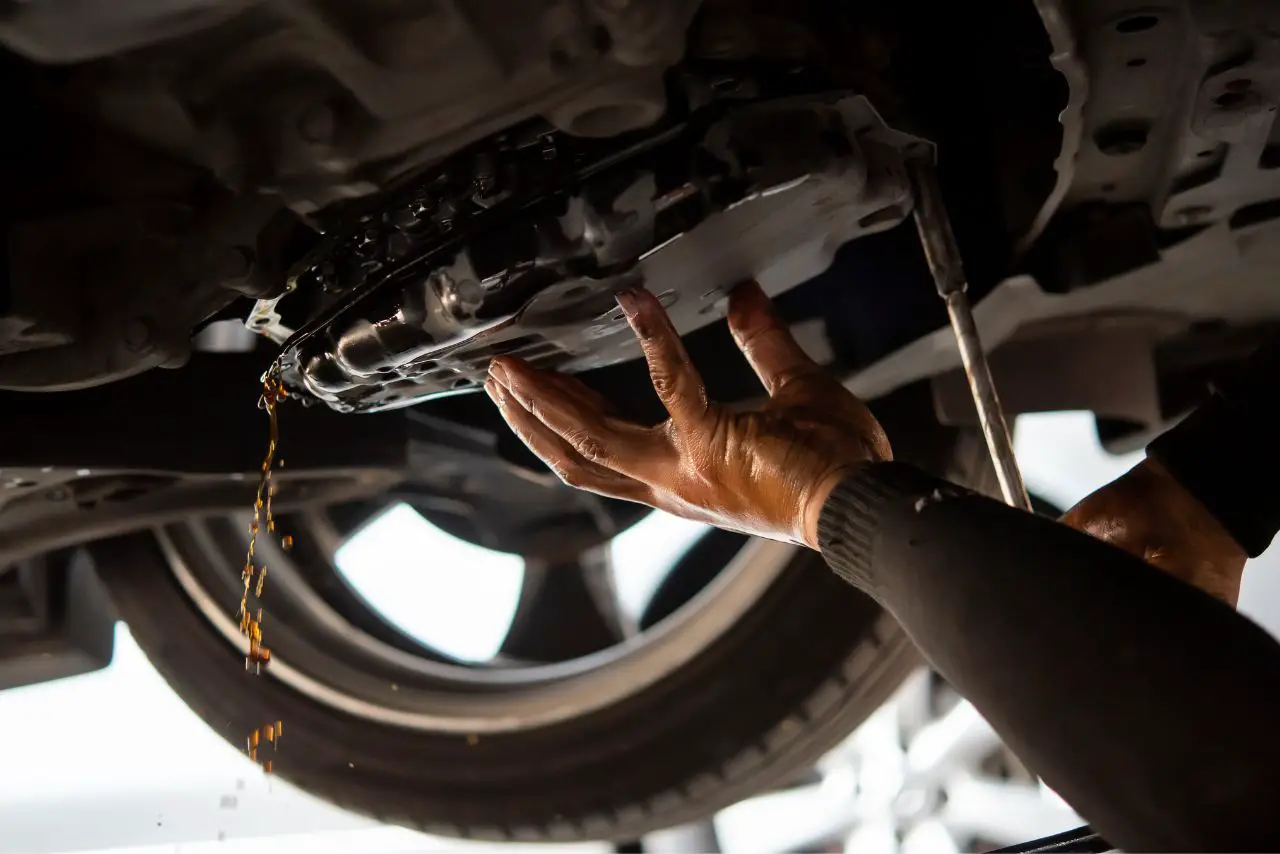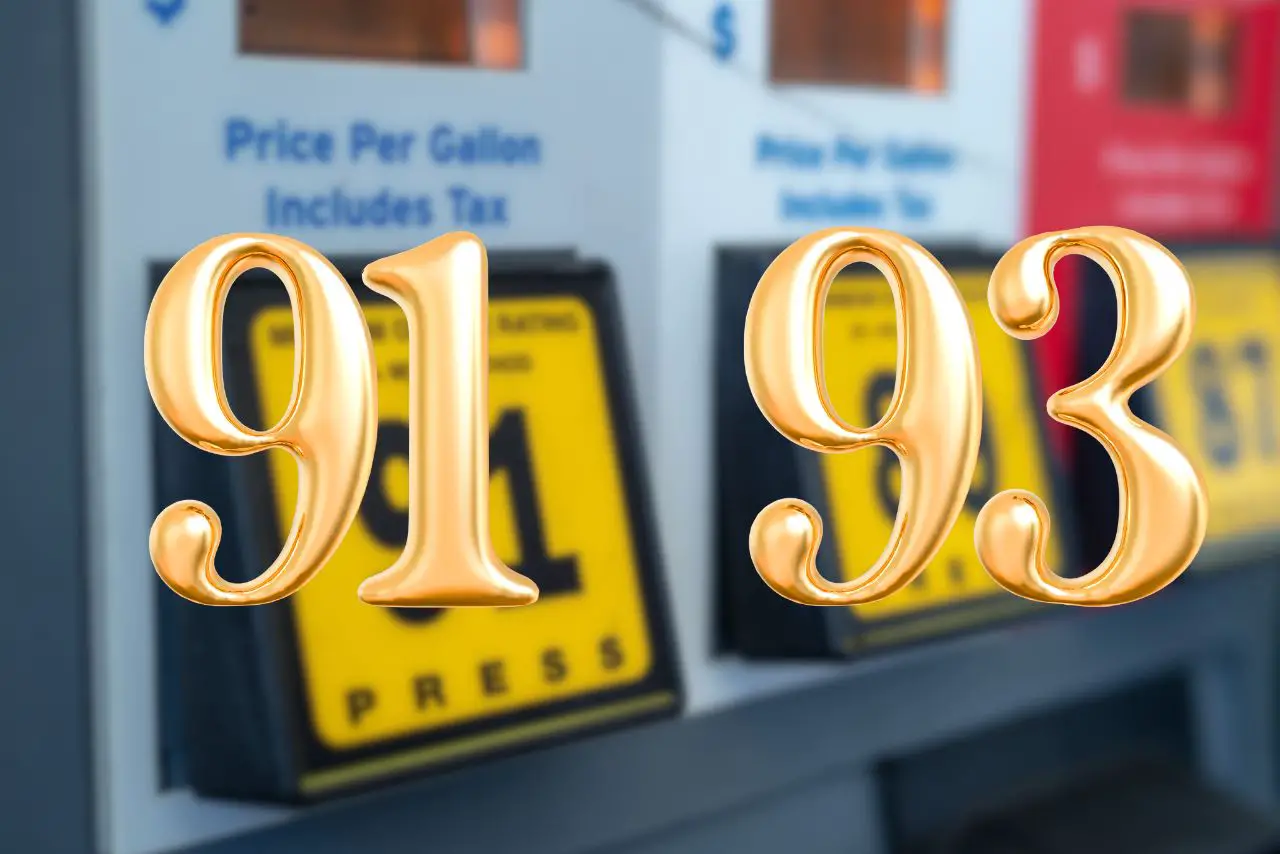Brake fluid is an essential component of your vehicle’s braking system, playing a crucial role in ensuring safe and effective stopping power. But have you ever wondered What Does Brake Fluid Smell Like?
Well, the answer is quite simple: brake fluid usually has a slightly sweet or tart odor and it mostly smells like fish oil. However, it’s important to note that different types of brake fluids may have varying scent profiles due to their chemical compositions.
The smell of brake fluid can be described as similar to that of nail polish remover or vinegar. This distinct aroma is attributed to the presence of glycol ethers, which are commonly used in automotive brake fluids.
The purpose behind this unique smell is not just for olfactory purposes, it serves as an indicator for potential issues with your vehicle’s braking system.
By being familiar with the characteristic smell of brake fluid, you can easily identify any leaks or malfunctions early on before they develop into more serious problems.
Table of contents
What Does Brake Fluid Smell Like?
Brake fluid has a distinctive, pungent smell that is often described as “fishy” or “sweet.” This smell is caused by the chemicals in brake fluid, which are designed to be hygroscopic, meaning they attract water.
As brake fluid absorbs water, it becomes more acidic and develops its characteristic odor.
If you smell brake fluid, it is important to check for leaks. Brake fluid leaks can be dangerous, as they can lead to decreased braking performance and, in some cases, even fires.
If you find a brake fluid leak, it is important to have it repaired by a qualified mechanic as soon as possible.
Here Are Some Tips for Identifying a Brake Fluid Leak:
Types of Brake Fluid

When it comes to brake fluid, there are several types available on the market. Each type has its own characteristics and is designed for specific vehicles and braking systems. Here are some common types of brake fluids:
It’s important to note that different vehicle manufacturers have specific recommendations regarding the use of particular types of brake fluids for their models.
Always refer to your vehicle’s owner manual or consult a professional mechanic when choosing the right type of brake fluid for your vehicle.
| Brake Fluid Type | Boiling Point |
|---|---|
| DOT 3 | Around 401°F (205°C) |
| DOT 4 | Around 446°F (230°C) |
| DOT 5 | Above 500°F (260°C) |
| DOT 5.1 | Exceeds 500°F (260°C) |
Note: The boiling points mentioned here are approximate values and may vary depending on the specific brand or formulation of the brake fluid.
Common Ingredients in Brake Fluid

When it comes to understanding what brake fluid smells like, it’s essential to know the common ingredients that make up this crucial automotive fluid.
Brake fluids are typically composed of a combination of the following substances:
It’s important to note that while these ingredients contribute significantly to the overall effectiveness and stability of brake fluid, they can also have varying effects on its smell if contaminated or deteriorated over time through moisture absorption or overheating during intense braking situations.
How Does Brake Fluid Work?

Brake fluid plays a vital role in the functioning of your vehicle’s braking system. Here’s a breakdown of how it works:
Remember that proper maintenance of your vehicle’s brake fluid is essential for optimal braking performance and safety on the road.
Signs of Contaminated Brake Fluid
Contaminated brake fluid can compromise the performance and safety of your vehicle’s braking system. Here are some signs that indicate your brake fluid may be contaminated:
Regularly checking and maintaining clean brake fluid is essential for optimal braking performance and safety on-the-road.
If you notice any signs of contaminated brake fluid, it is recommended to have the system inspected and flushed by a qualified mechanic to ensure proper functioning of your brakes.
What to Do If You Smell Strange Odor from Your Brake Fluid?

If you notice a strange odor coming from your brake fluid, it’s important to take action promptly. Here are the steps you should follow:
Remember that unusual odors can serve as warning signs of potential problems within your braking system that require immediate attention by professionals.
Bottom Line: What Does Brake Fluid Smell Like?
Knowing what brake fluid smells like is crucial for identifying potential issues with your vehicle’s braking system. The distinct odor of brake fluid can help you detect leaks and determine if it needs to be replaced.
Regularly inspecting the smell of your brake fluid is a simple yet effective way to ensure the safety and reliability of your brakes.
By familiarizing yourself with its unique scent, you can catch problems early on and prevent further damage or accidents.
Remember, if you notice an abnormal or foul smell coming from your brakes, it’s best to have a professional mechanic inspect and address the issue promptly.
By staying attentive to the smell of your brake fluid, you can play an active role in maintaining the performance of your vehicle’s braking system and ensuring a smooth driving experience.
FAQs
What Does Brake Fluid Smell Like?
Brake fluid typically has a sweet or slightly acrid smell. It can be described as having a chemical or petroleum-like odor.
Is the Smell of Brake Fluid Dangerous?
Inhaling brake fluid fumes can be harmful as it contains chemicals that can irritate the respiratory system.
It is best to avoid prolonged exposure to the smell and work in well-ventilated areas when dealing with brake fluid.
Can the Smell of Brake Fluid Indicate a Problem?
Yes, a strong smell of brake fluid can be an indicator of a brake system issue. It could suggest a leak in the brake lines, calipers, or master cylinder.
It is important to address any brake fluid leaks promptly to ensure the safe operation of your vehicle.
How Does Brake Fluid Smell when It Is Contaminated?
Contaminated brake fluid may have a burnt or rancid smell. This can occur when the fluid becomes overheated or absorbs moisture over time.
Contaminated brake fluid should be flushed and replaced to maintain the effectiveness of the braking system.
Are There Any Other Signs to Look for Besides the Smell of Brake Fluid?
Yes, besides the smell, other signs of brake fluid problems may include low brake fluid levels, a spongy brake pedal, reduced braking performance, or a warning light indicating a brake system issue.
It is important to have your brakes inspected by a professional if you notice any of these signs.
Latest Posts:
- 10 Best Gear Oil for Limited Slip Differentials (Reviewed!)
- Allison 1000 Transmission Fluid Type (5 Best Options!)
- 91 Octane Vs 93 Which One You Use? (The Surprising Truth!)
- Oil Pressure Gauge Not Working: (Guaranteed Fix!)
- 10 Best Transmission Fluid for 4l60e (Tested by Experts!)
- 10 Best Ceramic Coating For Wheels (Used By Real Users!)











